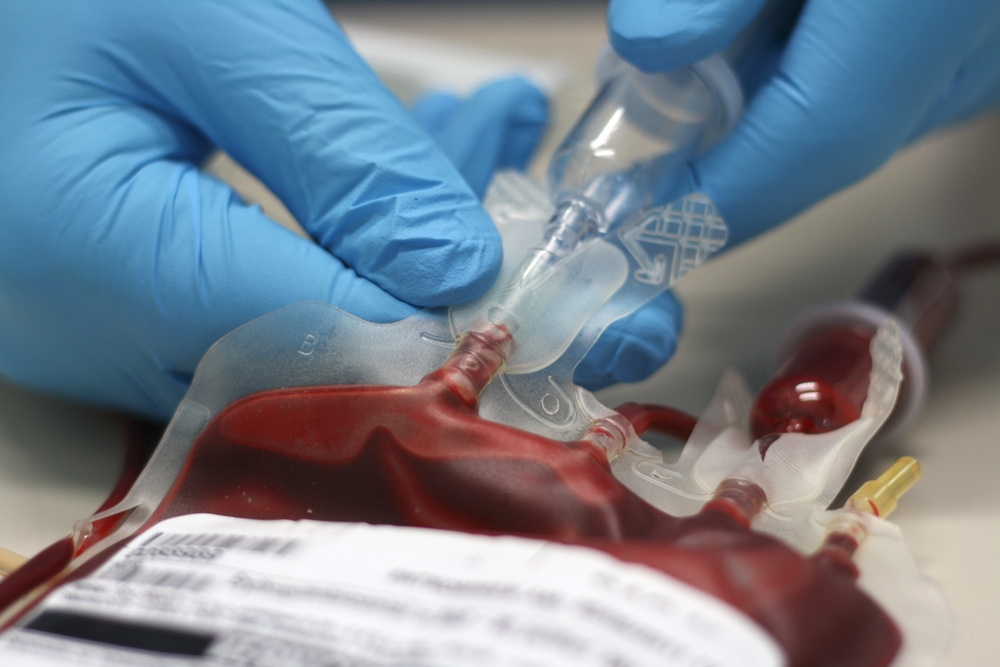50 Years of Progress in Treating Hemophilia Not Fully Evident in US, CDC Analysis Shows

Considerable progress has been made over the last 50 years in treating and caring for people with hemophilia but more is needed, according a large-scale analysis of men with this disease in the U.S. The report concluded that continued surveillance to monitor and inform hemophilia interventions and patient outcomes is essential, because “not all of the goals for modern therapy are being met.”
The study, “Men with severe hemophilia in the United States: birth cohort analysis of a large national database,” was published in Blood Journal.
In a collaborative effort to explore changes in hemophilia treatment and healthcare delivery, and how well they are being applied, researchers from the Centers for Disease Control and Prevention and the U.S. Hemophilia Treatment Center Network prospectively collected data on demographics, complications, and mortality for 7,486 men (ages 19 and older). Of these, 4,899 had severe hemophilia and 2,587 had mild hemophilia. All had been treated at hemophilia care centers in the U.S. from 1998 to 2011. A majority of these patients had hemophilia A (81.4 percent) while 18.6 percent had hemophilia B.
As people born within a given time period share broadly similar treatment experiences, the researchers grouped patients according to birth years (referred to as eras) that roughly matched critical changes in hemophilia therapy and healthcare in the U.S. Era A included men born prior to 1958, era B covered those born from 1958 to 1975, era C patients were born from 1976 to 1982, and men in era D were born from 1982 to 1993.
Those with severe disease in each birth cohort were compared to people of corresponding ages — also classified by eras — with mild hemophilia, to control for outcomes that might be attributable to aging and the environment, independent of their disease.
The main findings of the analysis are:
- Among the era D cohort (youngest group), an era whose patients should have access to “the most modern therapies,” more than 1 in 3 men with severe hemophilia experienced frequent bleeds (more than five bleeds in six months). One in four also reported having persistent bleeding in a specific joint.
- Across all eras, men with severe hemophilia were three times more likely to experience activity limitations, and twice as likely to use moving support devices (a cane or wheelchair, for example) compared to men with mild disease.
- Men with severe hemophilia were two to three times more likely to miss 10 days or more of work/school in the last year due to upper or lower joint complications than men with mild disease. This was seen in every group.
- Despite treatment advances, health problems due hepatitis B, hepatitis C, and HIV infections are common among men with severe hemophilia, especially those in the earliest birth eras. The highest prevalence of HIV infection was seen in men born during era B (1958–75), but that prevalence declined in successive eras to 1 percent in era D.
- About 50 percent of men in era A (the oldest group) had a disability and were unable to work. In addition, men with severe hemophilia were about three times more likely to have a disability compared to men with mild disease. This was seen in every era.
- Frequent bleeding persisted in one-third to one-half of men in every era, and the disability gap between those with severe and those with mild hemophilia did not narrow. This finding is of particular concern, meaning that men with hemophilia in all eras tended to under-utilize prophylaxis treatments (bleeding-preventative therapies).
- There were 551 deaths reported, and the greatest cause of death was liver failure, regardless of hemophilia severity or age. Fourteen-six percent was these deaths were related to hemophilia (hemorrhage) in men with severe hemophilia, and 10.7 percent in men with mild hemophilia, again across all eras.
The researchers noted that, given improvements in the last five decades in hemophilia treatment and access to treatment for men with severe disease, health outcome disparities should have narrowed, but did not. The findings indicate that much work still has to be done.
“The disappointing observations about persistently high bleeding rates and the absence of a narrowing of the disability gap between men with severe and mild hemophilia indicate that, although important improvements in care of men with severe hemophilia have been made, there is evidence of a need for continued improvement in strategies for prevention and treatment of hemophilia-associated hemorrhage,” the researchers wrote.
“Of particular concern is that the youngest era of men with hemophilia continues to be at risk for morbidity due to excessive bleeding,” they added, noting there also existed “a high proportion of uninsured men.”






